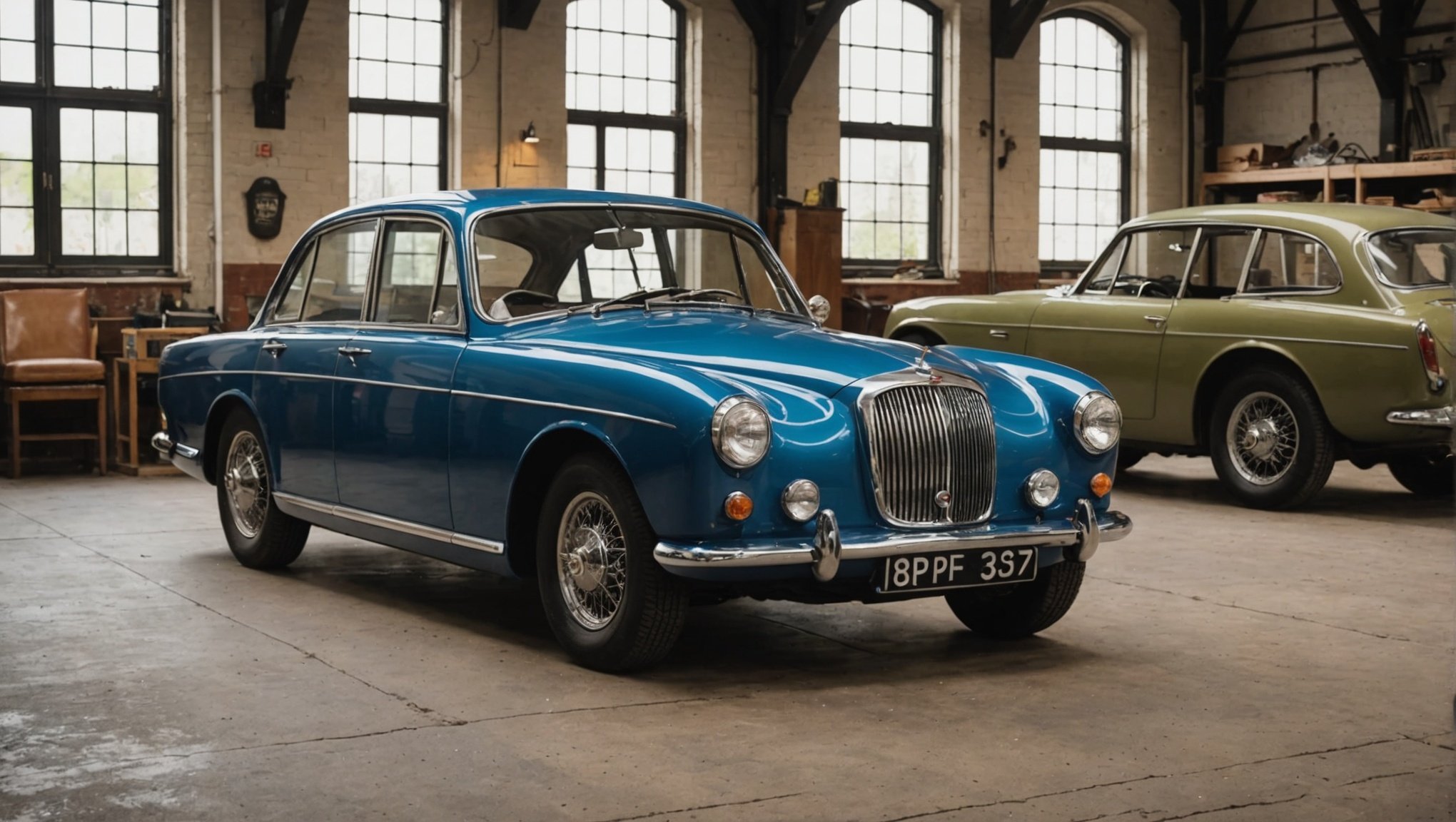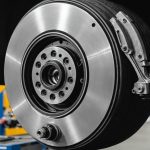Restoring a classic British car’s interior is a labor of love that combines craftsmanship, patience, and an eye for detail. Whether it’s the plush leather seats of a Jaguar E-Type or the wooden dashboard of an Austin-Healey, a detailed interior restoration can breathe new life into these vintage vehicles. This article will guide you through the steps necessary to achieve a showroom-quality finish that respects the car’s original charm while enhancing its functionality and aesthetic appeal.
Planning Your Interior Restoration
Before diving into the actual work, a well-thought-out plan is essential. This phase involves extensive research and gathering resources, ensuring that every aspect of the restoration process is meticulously detailed.
Also to see : How can you retrofit a UK car with modern infotainment systems?
Assessing the Current Condition
The first step in any restoration project is to assess the current condition of the interior. Inspect the seats, carpets, dashboard, door panels, and headliner. Look for signs of wear and tear, such as cracks, stains, and fading. Document the findings with detailed notes and photographs. This will provide a benchmark for the progress and help identify the specific areas that need attention.
Setting a Budget
Restoring the interior of a classic British car can be an expensive endeavor. Setting a realistic budget helps manage expectations and avoid overspending. Factor in the costs of materials, tools, and potential professional services such as upholstery work. It’s prudent to allocate a contingency fund to cover unexpected expenses.
Additional reading : What are the specific guidelines for installing a car alarm system in the UK?
Researching Original Specifications
For an authentic restoration, it’s crucial to understand the car’s original interior specifications. This includes the type of materials used, color schemes, and design details. Reference books, online forums, and manufacturer archives can provide invaluable information. Authenticity not only preserves the car’s historical value but also ensures that the restoration resonates with enthusiasts and collectors.
Gathering Materials and Tools
Equipped with a solid plan, the next step involves acquiring the necessary materials and tools. The quality of these items directly impacts the restoration’s outcome, so it’s essential to choose wisely.
Selecting Materials
When it comes to materials, aim for high-quality options that match the car’s original components. For example, if the seats were originally upholstered in leather, sourcing comparable leather will maintain the vehicle’s authenticity. Other materials to consider include carpeting, headliner fabric, and dashboard trim. Supplier catalogs and specialist shops often offer reproduction materials that closely match the originals.
Essential Tools
Having the right tools can make or break a restoration project. Some of the essential tools include:
- Screwdrivers and wrenches: For removing and reassembling interior components.
- Pliers and snips: Useful for handling upholstery and cutting materials.
- Staple gun and staples: Necessary for securing fabric and leather.
- Heat gun: Helps in stretching and fitting upholstery.
- Adhesives and solvents: Required for bonding various materials.
- Sewing machine: Handy for custom upholstery work.
Safety Gear
Restoration work often involves exposure to dust, fumes, and sharp objects. Wearing safety gear such as gloves, masks, and safety glasses can prevent accidents and health issues. Ensuring a well-ventilated workspace also contributes to a safer working environment.
Disassembling the Interior
With materials and tools at hand, the physical work begins with the disassembly of the car’s interior. This step requires precision and care to avoid damaging components that can be reused.
Removing Seats and Carpets
Start by removing the seats, which are usually secured with bolts and screws. Carefully label and store these fasteners to ensure easy reassembly. Once the seats are out, proceed to remove the carpets. Gently peel back the carpeting, making sure not to tear or damage it. If the carpet is in good condition, it can be cleaned and reused.
Disassembling the Dashboard and Panels
The dashboard and door panels often contain delicate components, such as gauges, switches, and trim pieces. Use appropriate tools to carefully pry and remove these parts. Label and store each piece methodically, as this will simplify the reassembly process. Pay special attention to the wiring, ensuring that connections are documented and marked clearly.
Cleaning and Inspecting Components
Once the interior is stripped down, thoroughly clean each component. Use suitable cleaning agents for different materials, such as leather cleaner for seats and mild detergents for plastic and metal parts. As you clean, inspect each item for damage. Determine which components can be refurbished and which need replacement.
Refurbishing and Replacing Components
After disassembly and inspection, the next phase involves refurbishing salvageable components and replacing those that are beyond repair. This step is where the restoration truly begins to take shape.
Upholstery Work
Upholstery is often the most eye-catching aspect of an interior restoration. If the original upholstery is in good condition, a thorough cleaning and conditioning may suffice. However, more often than not, reupholstering is necessary. This involves carefully removing the old material, cutting new pieces to match, and securing them in place. Precision is key to ensuring a tight, wrinkle-free fit. For intricate work, such as stitching and piping, it may be worth enlisting the help of a professional upholsterer.
Carpets and Headliners
Carpets and headliners can significantly impact the overall look and feel of the interior. If the original carpet is worn out, replace it with high-quality automotive carpet that matches the original. The same applies to the headliner, which can sag or become discolored over time. Installing a new headliner requires patience and precision to achieve a smooth, even finish.
Dashboard Restoration
The dashboard often serves as the focal point of the interior. Depending on its condition, restoring it may involve refinishing wooden trim, repainting metal surfaces, and refurbishing or replacing gauges and switches. If the original dashboard is significantly damaged, sourcing a period-correct replacement can be a viable option.
Reassembling the Interior
With refurbished and new components ready, the final phase is reassembling the interior. This step requires methodical attention to detail to ensure a seamless finish.
Installing Seats and Carpets
Start by installing the carpets, ensuring they fit snugly and are securely fastened. Next, position the seats and bolt them into place. Check that all fasteners are tightened and that the seats are properly aligned. If you have added new upholstery, take extra care to avoid scuffing or damaging the material during installation.
Assembling the Dashboard and Panels
Reassemble the dashboard and door panels, referring to your labeled components and photographs for guidance. Carefully reconnect wiring and ensure that all switches and gauges are functioning correctly. Replace any damaged trim pieces with new or refurbished items to achieve a cohesive look.
Final Touches
With the major components in place, focus on the finer details. This includes installing new door seals, polishing trim pieces, and ensuring that all components function as intended. Conduct a thorough inspection to check for any overlooked areas and make necessary adjustments.
Restoring the interior of a classic British car is a rewarding endeavor that requires a blend of skill, patience, and dedication. By following a detailed plan, sourcing high-quality materials, and executing each step with precision, you can achieve an interior that not only looks stunning but also stays true to the vehicle’s heritage. Whether you’re a seasoned restorer or a passionate enthusiast, the journey of bringing a classic car’s interior back to life is an experience like no other. You will not only preserve a piece of automotive history but also create a timeless masterpiece that can be enjoyed for years to come.











